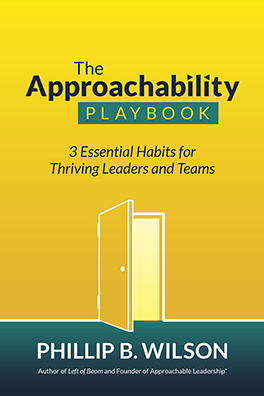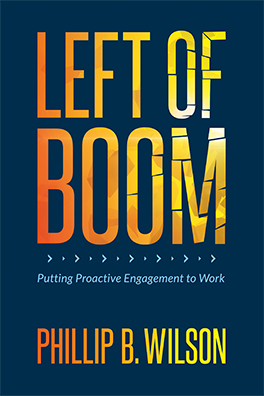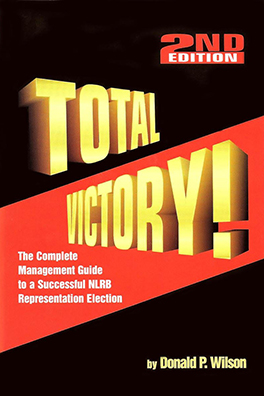The Fifth Circuit just told the NLRB to stay in its lane.
Hiran Management bought Hungry Like the Wolf, a small Houston karaoke bar, in 2022. After hiring a new manager, employees complained about extra duties and broken pay promises.
When the manager called a staff meeting to address the tension, seven workers walked out, regrouped, and went on strike. Management later fired them.
The NLRB ruled the firings unlawful under Section 8(a)(1) and ordered reinstatement, back pay, and, under its 2022 Thryv decision, compensation for “any other direct or foreseeable pecuniary harms.”
Hiran appealed. The Fifth Circuit sided with the company, finding that the Board’s expanded remedy went beyond what the NLRA allows.
In Hiran Management v. NLRB (Oct. 31, 2025), the court ruled that the agency overstepped its bounds when it ordered an employer to cover the “downstream” costs of an unfair labor practice, including late fees, lost childcare, and relocation costs. Those expanded make-whole remedies originated from the Board’s 2022 Thryv, Inc. decision, which redefined “make whole” to encompass any direct or foreseeable economic harm resulting from an unlawful discharge or retaliation.
The Board stated that it was simply restoring workers to the position they would have held “but for” the violation. The Fifth Circuit didn’t see it that way. Writing for the panel, Judge Edith Jones called the Thryv approach “legal damages, not equitable relief,” and said Section 10(c) of the NLRA doesn’t authorize that kind of remedy. In other words, reinstatement and back pay are fine. Compensating for every knock-on financial consequence is not.
That ruling wipes out the Board’s Thryv remedy in Texas, Louisiana, and Mississippi, at least for now. It also deepens a circuit split that’s been brewing for a year. The Third Circuit reached the same conclusion in NLRB v. Starbucks Corp. (Dec. 27, 2024), rejecting the idea that “foreseeable pecuniary harms” fall within the Board’s equitable powers. But the Ninth Circuit went the opposite direction in Macy’s Inc. v. NLRB (Jan. 21, 2025), fully endorsing the expanded relief and denying the company’s petition for rehearing en banc earlier this month.
That leaves three appellate courts — one West Coast, one East Coast, one South- in open disagreement about what “make whole” really means under the NLRA. And it’s not just academic.
For employers, this split means the size of a potential NLRB remedy may depend on where they do business. In the Fifth Circuit, exposure stops at traditional back pay. In the Ninth, a company could be ordered to cover extra costs, anything from interest on late rent to lost healthcare coverage. The same unfair labor practice could carry vastly different financial consequences depending on the ZIP code.
For the Board, this decision lands hard. The Biden-era NLRB made expanded remedies a central part of its enforcement strategy, arguing that meaningful deterrence required more than a paycheck. With Congress unwilling to authorize civil penalties, Thryv was meant to fill that gap. The Fifth Circuit just ripped that plan in half.
The practical effect is a stalled policy and a straight shot to the Supreme Court. Macy’s now has a clear path to file a petition for review, and the Fifth Circuit’s opinion makes it almost inevitable that the Court will have to decide whether “make whole” means equitable relief or something more ambitious.
Until then, the rules depend on geography. And that’s a problem for everyone trying to navigate compliance, bargaining, and litigation risk in a supposedly uniform federal labor law system.






